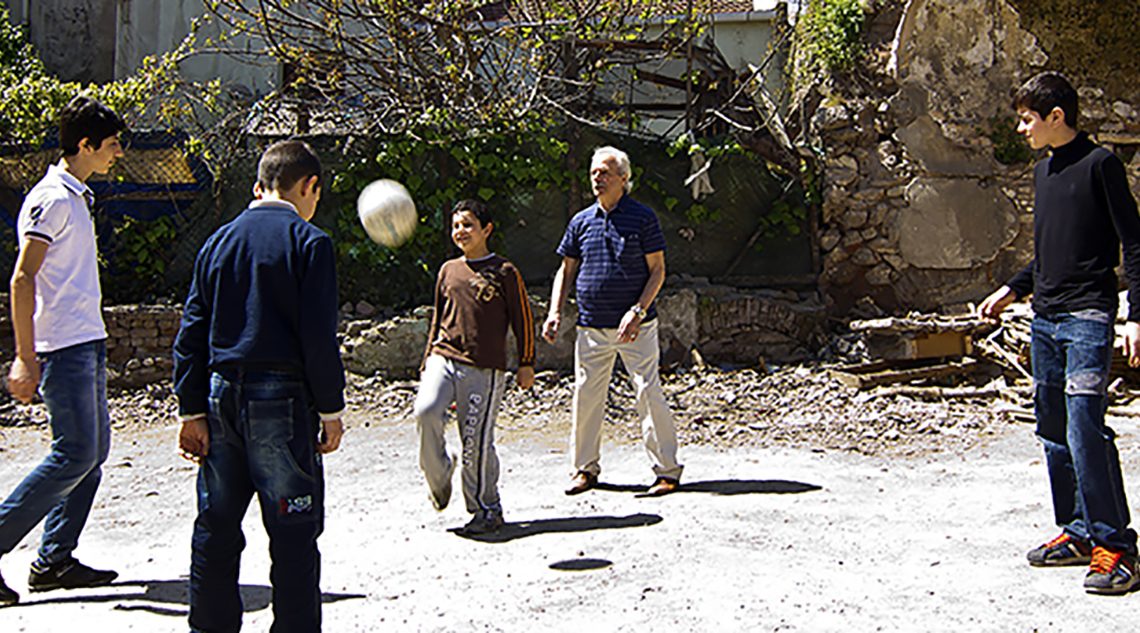In his March 2014 article titled “Generation Change” that appeared in Best Practice, Samuel Reyes states that this generation of young and courageous Seventh-day Adventist Christians is redefining the very fabric of how we “do church” in our cities, communities, and countries. “Like no generation before, our young people have access to limitless information,” says Reyes. “They live in a world where social media is redesigning the way people interact. They live in a world filled with innumerable ideas, belief systems and ways of life. This world does not answer their deep soul questions, but all too often their church has not offered relevant answers either.”
Research based objectives
A five-year research project headed by Barna Group president David Kinnaman identified issues that challenge faith development and teens and young adults. In his resulting book, You Lost Me: Why Young Christians Are Leaving the Church, Kinnaman lists six reasons why nearly 59 percent of young Christians disconnect permanently or for an extended period of time from church life after the age of 15.
What Kinnaman found was that young people leaving the church feel like the church is anti-science, repressive, overprotective, exclusive, shallow and does not allow for doubts to exist. In the Youth and Young Adult Retention Study, commissioned by the North American Division in conjunction with the Barna Group, Kinnaman found that within Adventism youth exceeded the U.S. average in agreement with each of those six categories.1
In another groundbreaking study called Valuegenesis, after 25 years of looking at the mountains of data on faith development in a generation of Adventist young people, V. Bailey Gillespie, chair of the task force, summarized what’s been learned:
“Church climate is a huge issue,” Gillespie says. “Both the intellectual/thinking and the emotional/warmth climates have to be strong if you want to maintain our youth.”
There are two words of advice he gives to parents and grandparents, teachers and pastors. “Love them,” he says.
Love the kids. That’s the only responsibility we have. The people who model faith guarantee it.
How do we “love them”? The best way to make a difference is to look at the six categories and turn them into positive action steps for families, schools and local churches.
Six ways older Adventists can help younger ones:
- Show them how to connect with their world by creating appropriate opportunities instead of being overprotective.
- Mentor them in deepening their Christian experiences through in-depth Bible study and real experiences with God.
- Discuss ways to stay faithful both to their beliefs and their professional callings, especially in science-related industries.
- Be relevant while talking and teaching about sexuality.
- Model acceptance, open-mindedness and respect.
- Listen to and encourage those who struggle with doubts or commitments.
In his two part article, Crossing the Generational Divide, Seth Pierce states that “the fifth commandment was given to all generations to learn how to share leadership in one community—not kids leaving the old folks in a retirement community or the elderly leaving the young in their online community. This commandment calls for mentoring, discipleship and trust between generations…”2
Pierce goes on to ask questions and give recommendations for each generation in Part Two of the article. For the elder generations he asks, “what happens when the leaders no longer have the strength to lead? Who is being discipled? Where is the energy, creativity and fresh perspective coming from?”
For the younger generations, Seth recommends that they listen, connect and find ways to bring the retired leadership along on the journey God has called us all to take.3
Six ways for young adults to build community with older generations:
- Listen to their stories and their assertions. It’s all they know. You can honor them (the fifth commandment) by actively listening.
- Step out of your virtual world enough to pursue face-to-face relationships with church members and leaders. Take opportunities to pleasantly share your own ideas and experiences.
- Be patient with their reluctance to change. They are used to the stability of their traditions and change is not easy for them.
- Make a steady effort to show up and participate. Volunteer to help with projects. Give financial support on a level commiserate with your income.
- Pay attention to what’s happening around you. Stick around to finish what you start.
- Be realistic. Every generation struggles to understand those before and behind it. Old people are still people. Like you, they were once young, energetic and enthusiastic. And someday, if time lasts, you will be old. So smile and be nice. Graciously play your role in the cycle of life.
—
- The Barna Group. Seventh-day Adventist Millennials: Up or Out? Youth & Young Adult Retention Study. North American Division. November, 2013.
- Pierce, Seth. “Crossing the Generational Divide, Part 1.” GleanerNOW. Last modified November 21, 2013. http://gleanernow.com/news/2013/11/crossing-generational-divide-part-1.
- Pierce, Seth. GleanerNOW. Last modified January 28, 2014. http://gleanernow.com/news/2014/01/crossing-generational-divide-part-2.








